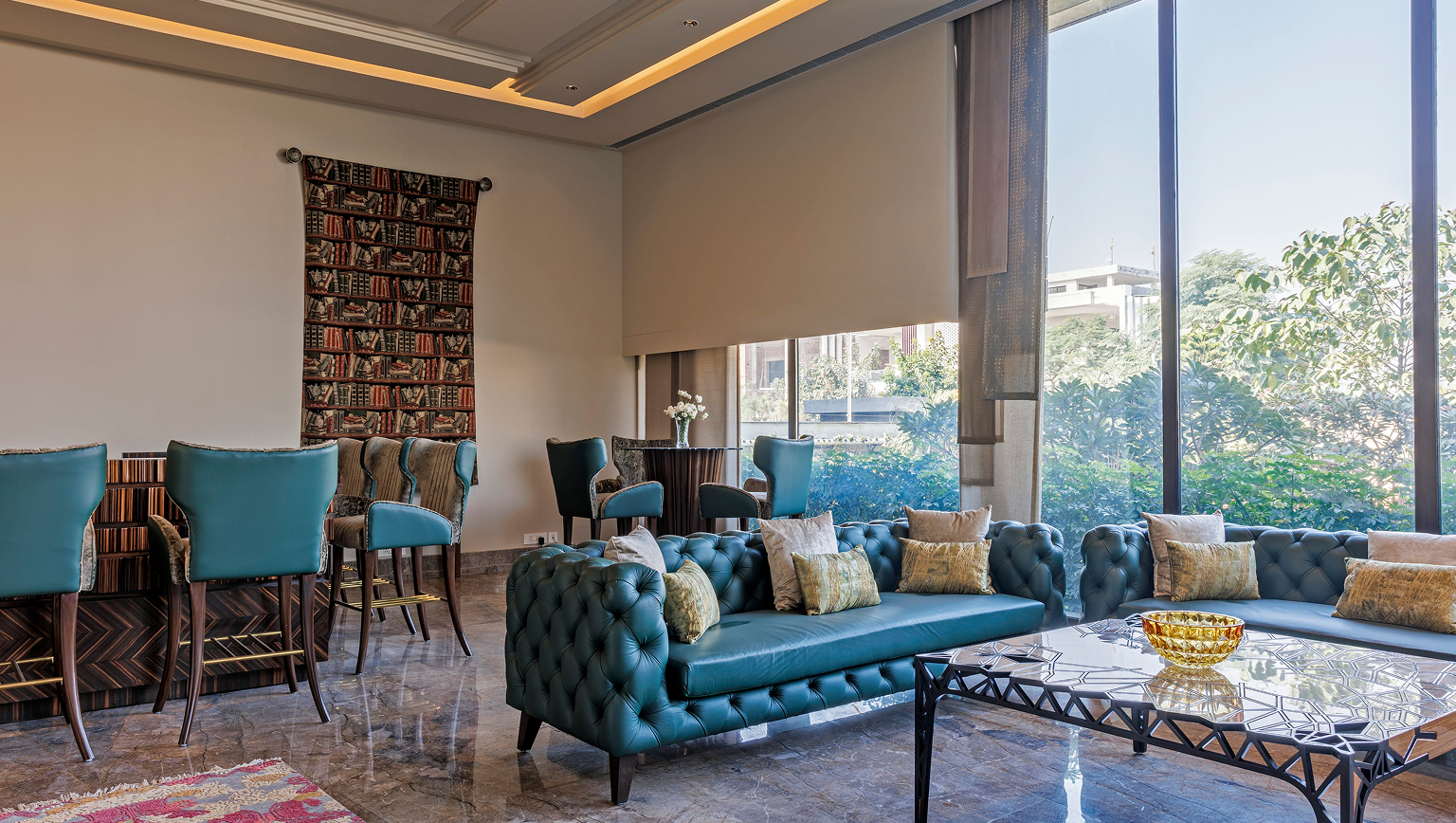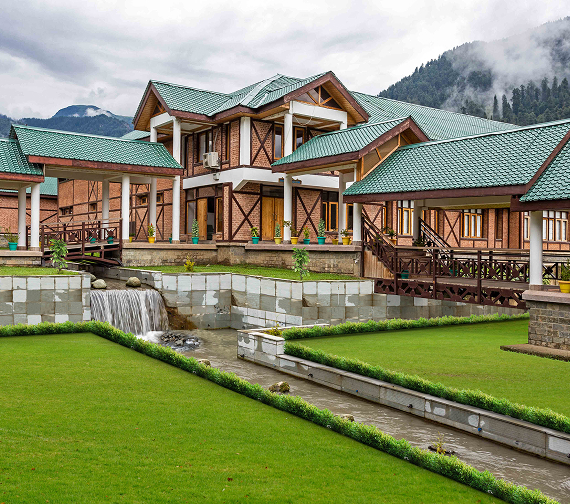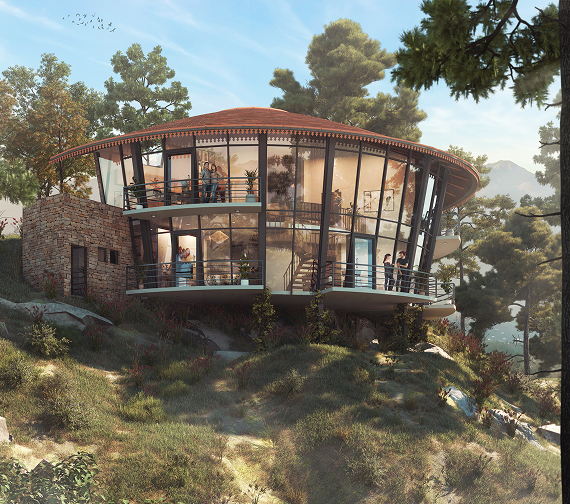
Introduction
Choosing an architect is a pivotal decision that shapes not just the structure you envision but also how it interacts with the environment and stands the test of time. With 30 years of experience and a steadfast commitment to environmentally responsible design, we believe that the right architect can transform your vision into a sustainable reality. Here’s what you should consider when selecting an architect and why our approach is the right fit for your project.
1. Experience: The Backbone of Excellence
An architect’s experience defines their ability to navigate complexities, anticipate challenges, and deliver exceptional results. Over three decades, we have honed our craft across residential, commercial, and conservation projects, developing an intuitive understanding of what works best in diverse settings. Our legacy speaks to our ability to blend timeless design principles with contemporary needs.
2. Sustainability: Designing for the Future
Today, every architectural choice carries an environmental footprint. Choosing an architect who prioritizes sustainability ensures your project will not only stand beautifully but also contribute positively to the planet. From integrating passive design principles to using renewable materials, we ensure that each project reduces environmental impact while enhancing quality of life.
3. Understanding Your Vision
Your architect should be a partner who listens, understands, and translates your ideas into tangible spaces. Our approach begins with understanding your goals, lifestyle, and preferences. By merging your vision with our expertise, we create designs that feel deeply personal while remaining functional and environmentally conscious.
4. Proven Track Record
An architect’s portfolio provides insights into their versatility and reliability. Over the years, we have successfully delivered projects in varied terrains and climates, from urban apartments to hill station retreats. This breadth of experience equips us to tackle challenges specific to your project with confidence and innovation.
5. Attention to Detail
Great architecture lies in the details, be it efficient space utilization, optimal light and ventilation, or materials that age gracefully. Our years of practice have taught us the importance of precision. From the initial concept to the final brick, every aspect of our work reflects careful thought and meticulous execution.
6. Commitment to Collaboration
The best outcomes arise from open communication and collaboration. We work closely with clients, consultants, and contractors to ensure smooth project execution. Our commitment extends beyond design; we guide you through the entire journey, ensuring clarity and peace of mind at every stage.
7. Building for Generations
Architecture is a long-term investment. A well-designed project should be adaptable, enduring, and aesthetically timeless. With our focus on creating spaces that harmonize with nature and anticipate future needs, we build for the generations to come.





